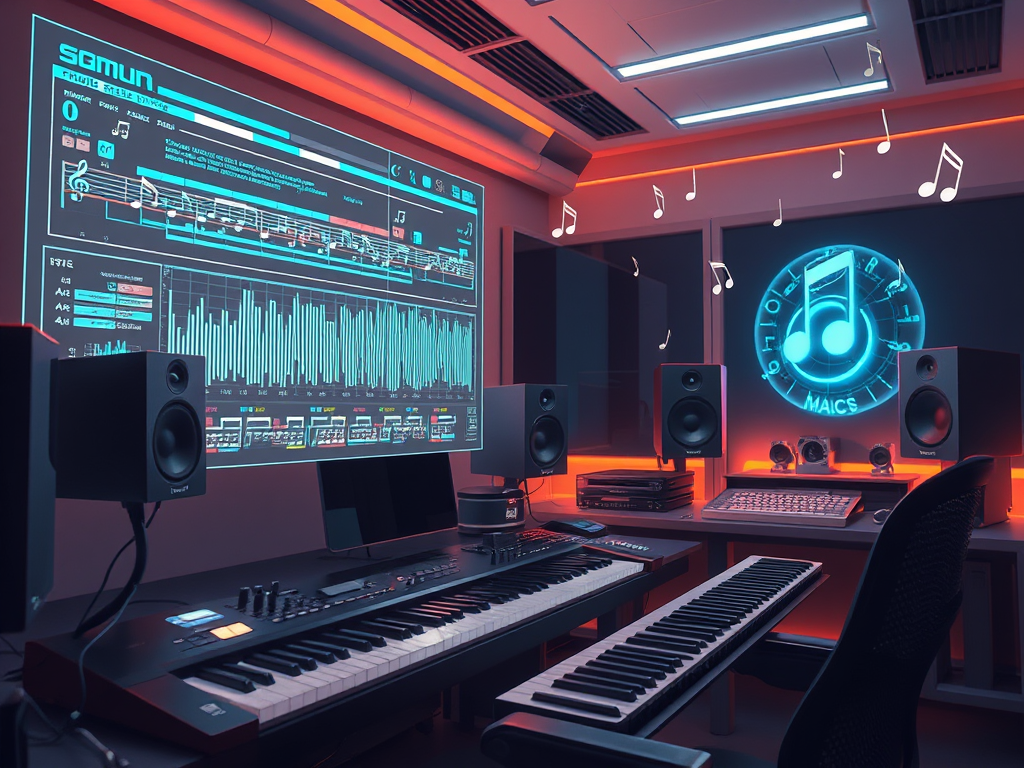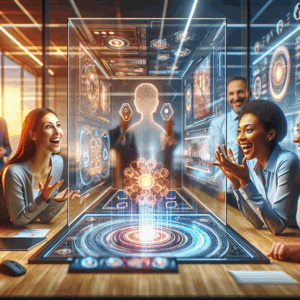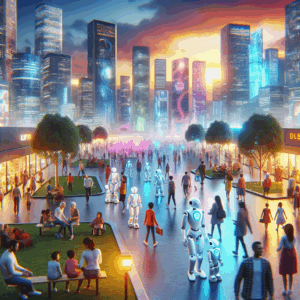Welcome to the dawn of a new musical era, where artificial intelligence meets creativity, and algorithms compose symphonies! In today’s blog, we’re diving into the world of AI-driven music generation. Whether you’re a seasoned composer looking for inspiration or a tech enthusiast curious about the future of music, there’s something here for you.
The Overture: Understanding AI Music Generation
Picture this: you’re lounging in your living room, and you casually instruct your AI assistant, “Play me a new song with a jazz flair and a sprinkle of Beethoven.” Moments later, your room fills with a melody that’s both fresh and timeless. This isn’t a scene from a sci-fi movie—it’s the reality brought to us by AI music tools like OpenAI’s MuseNet and Google’s MusicLM.
These platforms leverage the power of deep learning to create stunning musical pieces. MuseNet can juggle ten different instruments and blend styles from classical to pop, while MusicLM crafts high-fidelity tracks from simple text descriptions. It’s like having a digital Mozart at your fingertips!
A Crescendo of Features: MuseNet and MusicLM
OpenAI’s MuseNet: The Maestro Neural Network
MuseNet is a deep neural network that can generate four-minute musical compositions using up to ten instruments. The magic lies in its ability to blend styles seamlessly, creating unique compositions that feel both familiar and innovative.
Example Code:
import torch
from open_musenet import generate_music # hypothetical import
style = "classical"
length = 120 # Length of the composition in seconds
music = generate_music(style=style, length=length)
music.save("generated_music.mid")While OpenAI has discontinued direct API access, fans of MuseNet can still explore open-source alternatives inspired by its architecture.
Google’s MusicLM: Text-to-Music Alchemy
Then there’s MusicLM, Google’s brainchild, which can transform descriptive text into music. Imagine typing, “Create a lively salsa piece with a dash of tropical flair,” and voilà—a new tune is born.
Example Code:
import requests
text_prompt = "A peaceful morning with birds chirping and gentle piano music."
url = "https://api.musiclm.com/generate"
response = requests.post(url, json={"text": text_prompt})
if response.status_code == 200:
music_data = response.content
with open("generated_music.mp3", "wb") as music_file:
music_file.write(music_data)
else:
print("Error generating music:", response.status_code)MusicLM is still a proprietary tool, so while this code illustrates its potential use, keep dreaming about that API access!
The Rondo: Text-to-Music Innovations
Meta’s MusicGen is another player in this field, providing a bridge between text descriptions and musical creations. It’s like telling a bedtime story to your computer and getting a lullaby in return.
Example Code:
from musicgen import MusicGen # hypothetical import
musicgen = MusicGen()
description = "An upbeat electronic track with a playful melody."
generated_song = musicgen.generate(description)
generated_song.save("upbeat_electronic_track.mp3")Coda: The Future of Music Creation
As AI technology continues to evolve, the potential for music generation tools is boundless. These platforms not only enhance creative expression but also democratize music production, allowing anyone with a computer to compose like a pro. Whether you’re a tech-savvy musician or a curious listener, the future sounds promising.
In the spirit of musical exploration, why not experiment with these tools yourself? Dive into the world of AI music generation and let your creativity resonate with the rhythm of innovation. Who knows—your next favorite song might just be a few algorithms away!
So, tune in, code on, and let the symphony of AI-generated music play!






One Comment